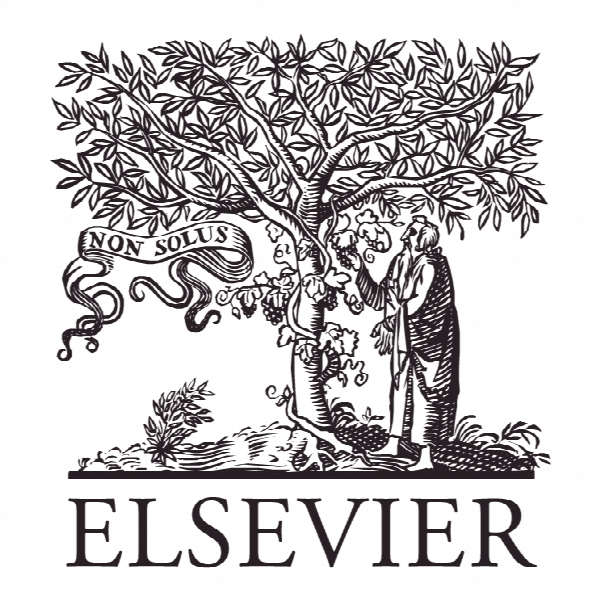تاثیر عناصر طراحی کار بر عملکرد کار و ادراک کار – یک تحقیق تجربی Influence of work design elements on work performance and work perception – an experimental investigation
- نوع فایل : کتاب
- زبان : انگلیسی
- ناشر : Elsevier
- چاپ و سال / کشور: 2018
توضیحات
رشته های مرتبط مدیریت، مهندسی فناوری اطلاعات
گرایش های مرتبط مدیریت عملکرد، اینترنت و شبکه های گسترده
مجله Procedia CIRP
دانشگاه University of Bremen – Production Systems and Logistic Systems – Germany
شناسه دیجیتال – doi https://doi.org/10.1016/j.procir.2018.03.077
منتشر شده در نشریه الزویر
کلمات کلیدی انگلیسی Cyber-physical production system, Industrial internet of things, Work area design, Experimental investigation
گرایش های مرتبط مدیریت عملکرد، اینترنت و شبکه های گسترده
مجله Procedia CIRP
دانشگاه University of Bremen – Production Systems and Logistic Systems – Germany
شناسه دیجیتال – doi https://doi.org/10.1016/j.procir.2018.03.077
منتشر شده در نشریه الزویر
کلمات کلیدی انگلیسی Cyber-physical production system, Industrial internet of things, Work area design, Experimental investigation
Description
2. Work design requirements and starting points in CPPS In the last decade, several studies have dealt with the effects of human work conditions on both the physical and mental state of workers and on management key figures. The authors identified correlations between humane work design actions (e.g. ergonomic design of the workplace or cognitive simplification of complex tasks) and beneficial effects (e.g. enhanced job satisfaction or better product quality) [see, e.g., 6, 7, 8]. As a result of a cost-benefit analysis of ergonomic workplace improvements in industry, researchers found mainly positive effects on work conditions and short redemption times of the investigated actions [9]. These publications show the positive influence of work design but have been published mainly before the introduction of CPPS. Consequently, research has to set the focus on work design again considering the changing manufacturing systems. Human work places will experience intense changes due to the implementation of CPPS. To begin with, easy and repetitive work will diminish but new jobs will be created around maintenance and control of the smart production systems. Studies claim that humans will be still important in the future factories although the share of automated processes will rise [2]. Thus, the production sites will not be deserted but organized as hybrid systems. Here, humans and machines will work collaboratively in order to link and control the automated parts of the manufacturing process with the nonautomated parts. This way, the production organization meets both the market requirements and the human abilities. For example, a fully automated manufacturing of complex and manifold products would result in a highly complex and expensive process. Therefore, separated automated processes should be considered, which are extended and connected by the human workers in a flexible way [2]. Consequently, one of the main challenges is the design of the human-machine-interface. Its design determines the performance of the human workers. The persons which work at or collaborate with the cyber-physical production machines need to fully understand and control the system. Only this way they can perform correct work actions, which are in line with the automated production design [3, 10, 11]. Hence the interaction quality will be a critical success factor for CPPS. Via the interfaces, the work persons should get access to information about the current state of the production process and further data they need in order to solve problems and fulfil their tasks. This brings up the research question how the user interfaces at human work stations have to be designed for facilitating both a good work performance and work perception by the users. Here, further research in the area of work design is necessary.


